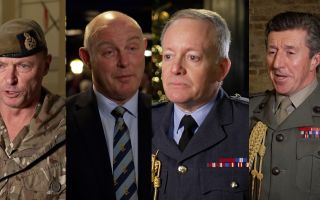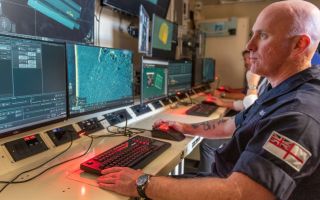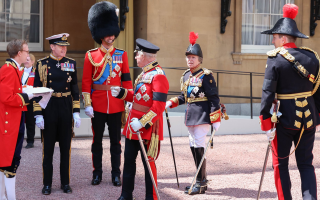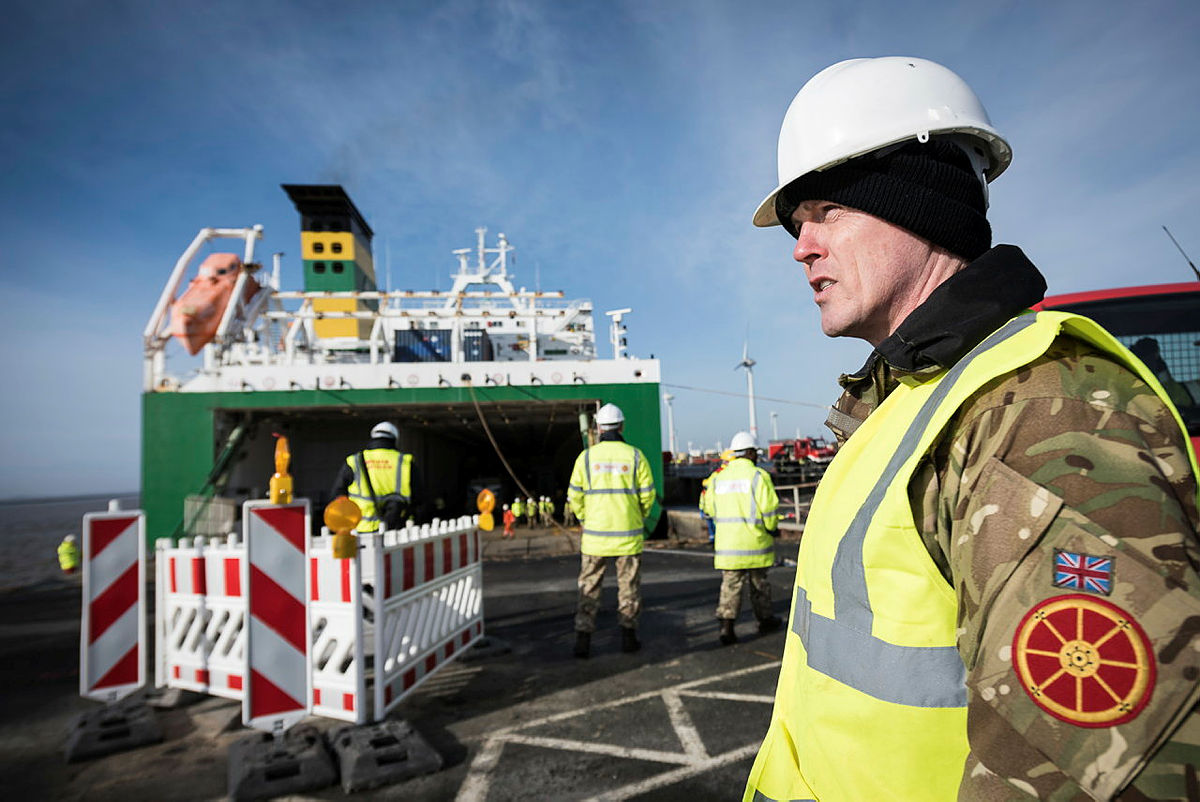
Movement Controller: All The Gen

Anybody who has ever passed through a military airport or been involved in mass deployments of personnel and equipment, such as a tour to Estonia or Afghanistan, will know how exact and strict the movement process is in the British military.
Delivering that capability are the Armed Forces' logistics specialists across the three services.
In the British Army, those charged with providing expertise are the Movement Controllers of the Royal Logistic Corps.
Let's take a closer look at them and their crucial role in the military.
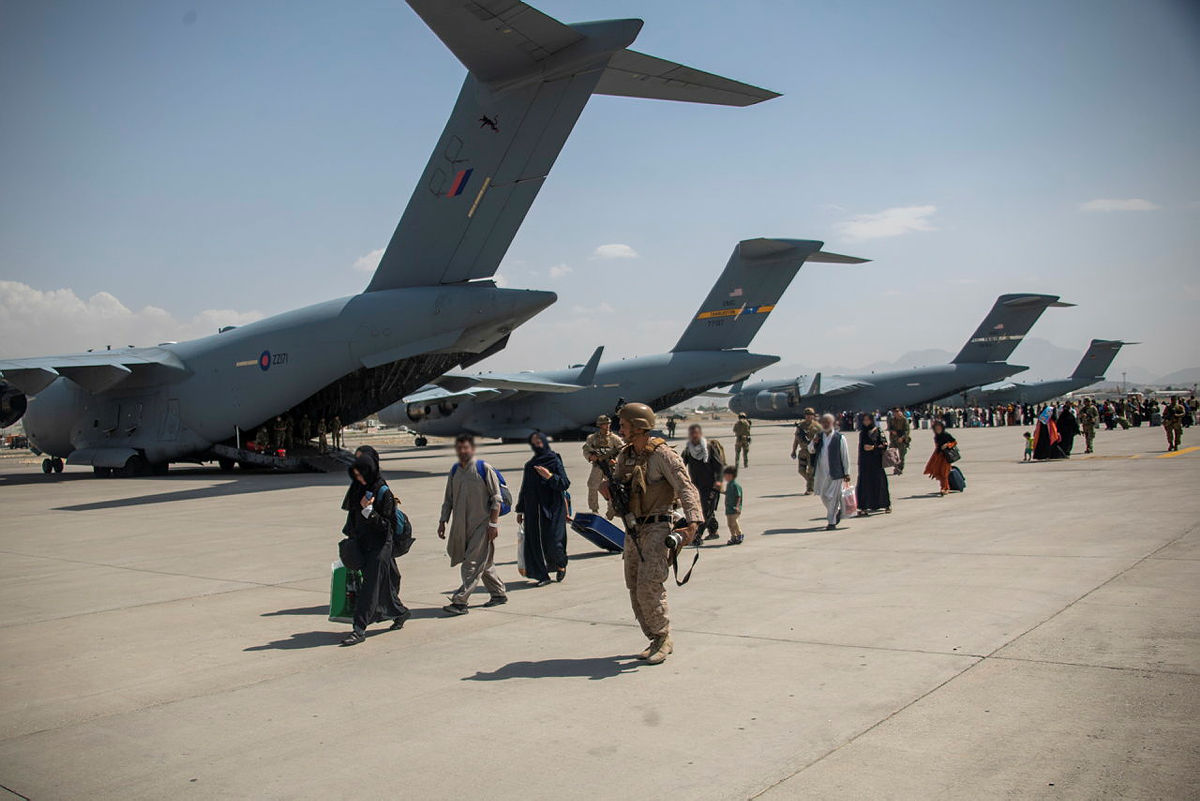
What Does A Movement Controller Do?
The British Army's Movement Controllers are primarily based at South Cerney, Gloucestershire. From there, they deploy on short- and long-term movement tasks all over the world. Wherever the British Army goes, a team of Movement Controllers get them there.
The British Army describes the Movement Controller role on its website:
Movement Controllers are responsible for directing and controlling the movement of personnel and equipment by air, road, rail and sea in support of operations, exercises and as assistance to a global crisis.
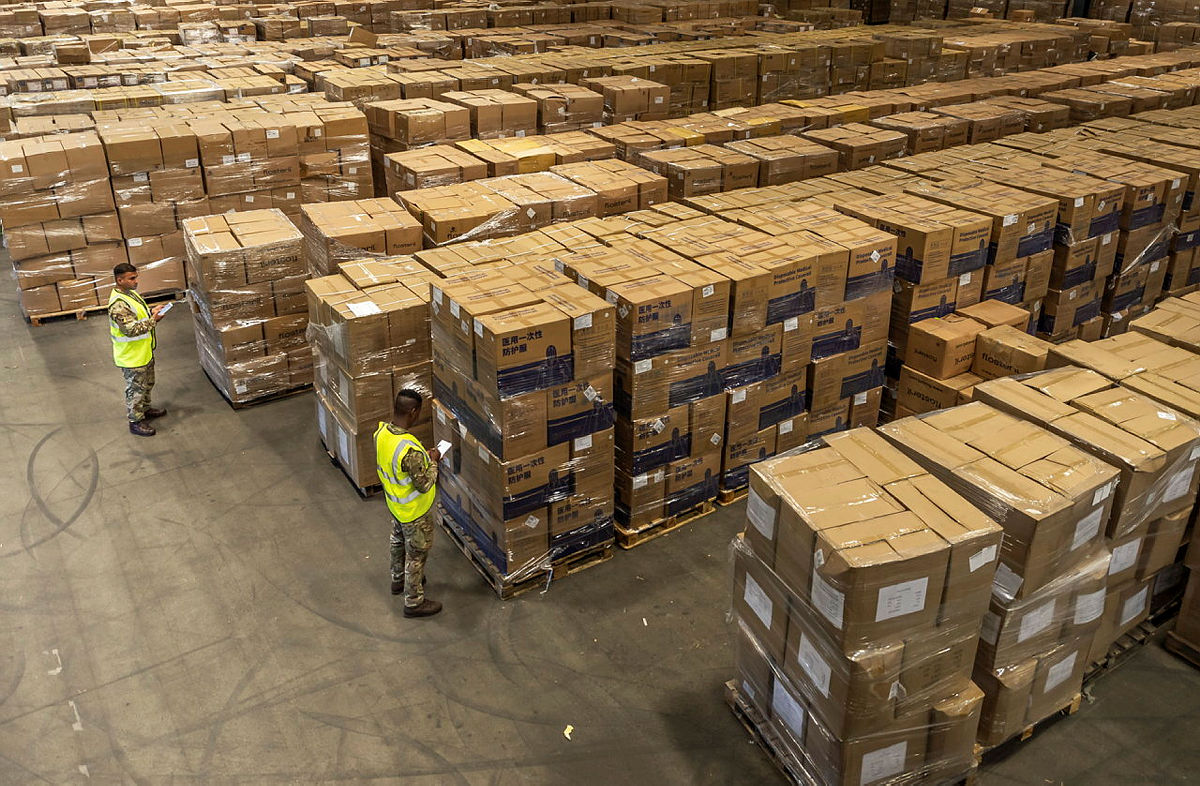
Where Have Movement Controllers Deployed?
Anywhere the British Army goes, Movement Controllers have got them there. Therefore, the Royal Logistic Corps has a crucial hand in those operations whenever deployments occur to places like Afghanistan or even closer to home during the COVID pandemic.
And it is not just the military's vast array of equipment the RLC's highly trained movers oversee the movement of. They also ensure personnel (and more recently in Kabul, evacuees) are taken on to dangerous places such as airfields and runways safely.
Perhaps one of the most extensive movement operations in modern times came ahead of the 2003 Iraq invasion. For this, Movers oversaw the transportation of equipment and some 45,000 troops from the UK to Kuwait.
In 1990, defence planners faced a similar conundrum. Back then, everything required to push Saddam Hussain's forces out of Kuwait had to be transported 4,000 miles by sea from the UK and Germany to the port of Jubail in Saudi Arabia.
Speaking to ABF – The Soldiers Charity – Major General Sir Martin White summarised the logistical challenges of the operation. He said:
"400,000 tons of freight were moved, requiring 146 cargo ships. Some 12,000 air lift sorties were flown, amounting to considerably more than the entire effort of the Berlin airlift."
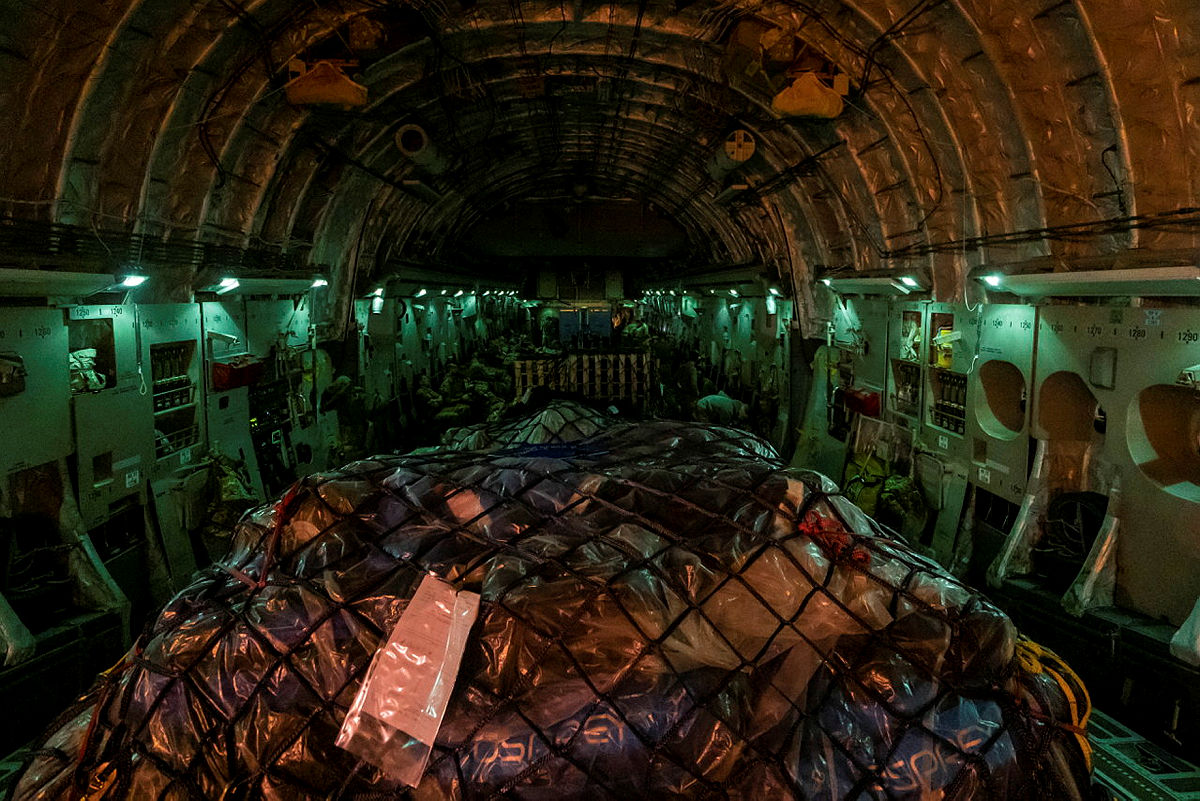
What Are The Entry Requirements For Becoming A Movement Controller?
Those considering a career in the British Army as a Movement Controller must be between the ages of 16 and three months and 35 years and six months.
Qualifications-wise, a candidate is required to hold GCSE grades A to C (levels nine to four) in at least English and Maths. Once recruited and beyond initial training, there will be plenty of opportunities to gain more qualifications, including Level 3 Global Logistics, Level 5 Logistics and Transport and even a BSc (Hons) in Logistic Management.
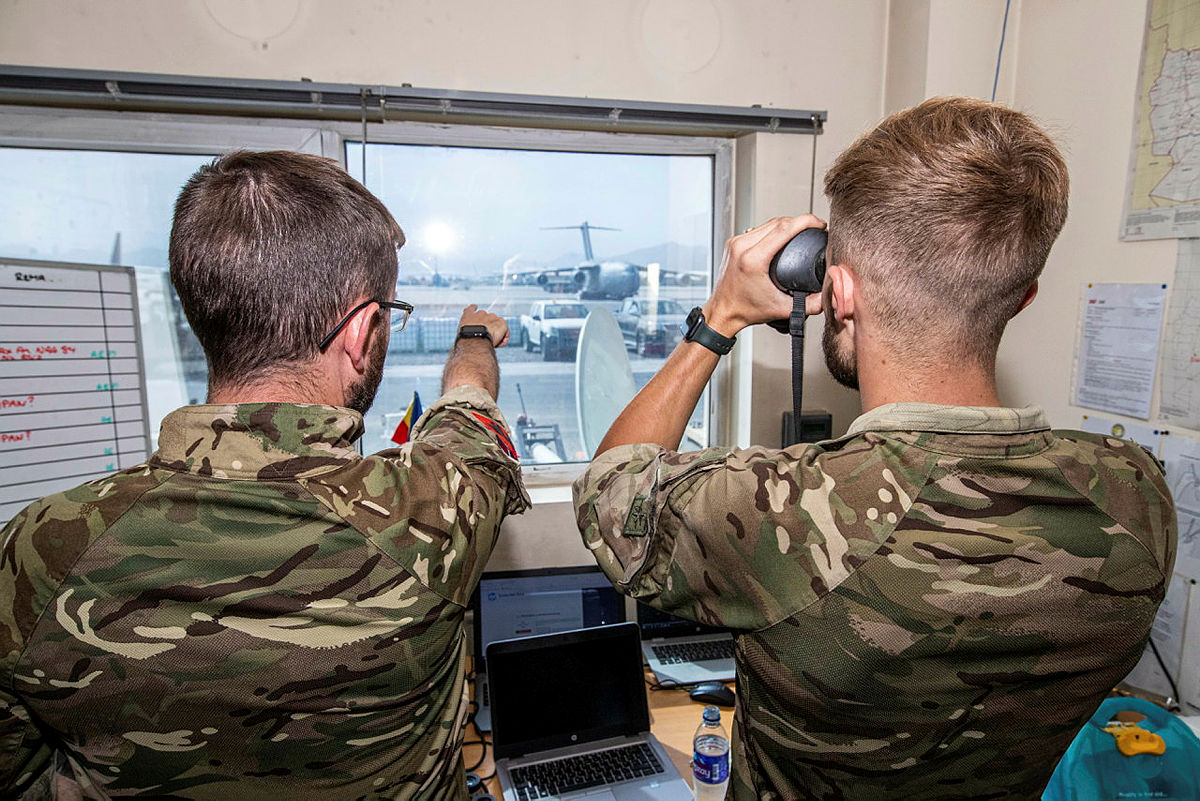
What Part Of The British Army Do Movement Controllers Belong?
Movement Controllers are an essential part of how the British Army moves its equipment and soldiers. Therefore, those responsible for this unique role sit within The Royal Logistics Corps.
The Royal Logistics Corps' mission is to sustain the army and broader defence activities at home and overseas as a core component of a global, integrated logistics enterprise.
The regiment describes itself as "keeping the Field Army marching, its helicopters flying, its vehicles moving and its tanks and guns firing" on the British Army's website.
"We enable its deployment and supply it with everything it needs, wherever it operates, throughout the world."
The regiment was formed in 1993 after the amalgamation of five logistical-based units. They were the Royal Corps of Transport, Royal Army Ordnance Corps, Royal Pioneer Corps, Army Catering Corps and the Postal and Courier Service.
There are currently 16 trades available to those who wish to join the Royal Logistic Corps. They include Ammunition Technician, Driver, Mariner, Petroleum Operator, Port Operator, Tank Transporters and Vehicle Support Specialists.
Are There Similar Job Roles In The Royal Navy And Royal Air Force?
Although Movement Controllers are exclusively soldiers, there are similar roles in the other armed services.
In the Royal Navy, Aircraft Controllers are found in the Fleet Air Arm. They are responsible for maintaining the navy's front-line aviation capability at seas in the UK and worldwide.
The Royal Air Force has Movers – a role like British Army's Movement Controllers. RAF Movers check-in passengers and cargo flying out on operations and operate forklifts and other vehicles to load freight.




